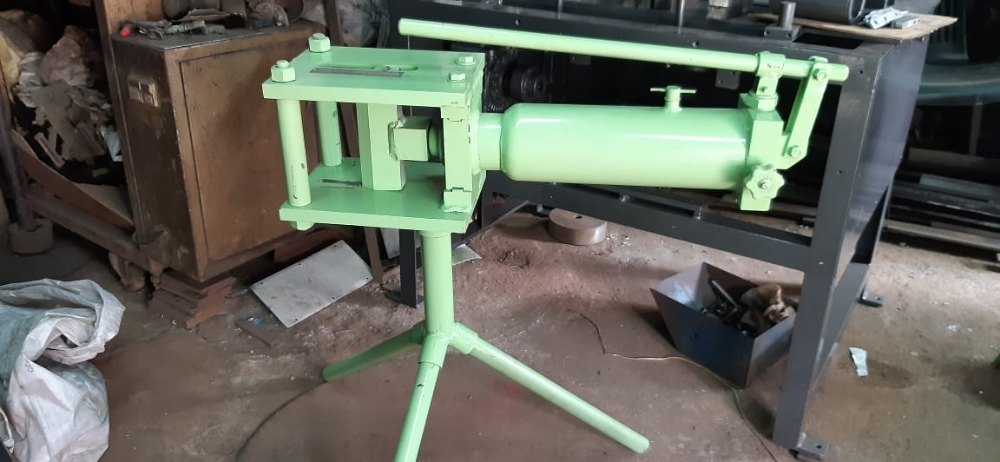In the realm of modern manufacturing, where precision and efficiency are paramount, the advent of bending machines has proven to be nothing short of revolutionary. These sophisticated pieces of equipment have seamlessly integrated into various industries, offering a remarkable blend of power, versatility, and accuracy. busbar machine, often referred to as press brakes, have transformed the way metal sheets and plates are shaped, ushering in a new era of streamlined production processes.
At the heart of a bending machine’s prowess lies its ability to manipulate metal with exceptional precision. Whether it’s mild steel, stainless steel, aluminum, or other materials, these machines employ hydraulic or servo-electric systems to exert controlled force on the metal, resulting in the desired bend angle. The advanced computer numerical control (CNC) systems that govern these machines allow operators to program intricate bending sequences, ensuring consistent and accurate results, even for complex geometries.
One of the most significant advantages of bending machines is their capacity to handle a wide range of material thicknesses and sizes. This versatility eliminates the need for multiple specialized tools, saving both time and resources. Moreover, the incorporation of safety features, such as laser sensors and safety curtains, ensures the well-being of operators and promotes a secure working environment.
Industries like automotive, aerospace, construction, and furniture fabrication have greatly benefited from the capabilities of bending machines. The automotive sector, for instance, relies on these machines to shape components with precise bends, contributing to enhanced vehicle safety and aesthetics. Similarly, in the construction domain, bending machines play a crucial role in creating structurally sound and visually appealing architectural elements.




